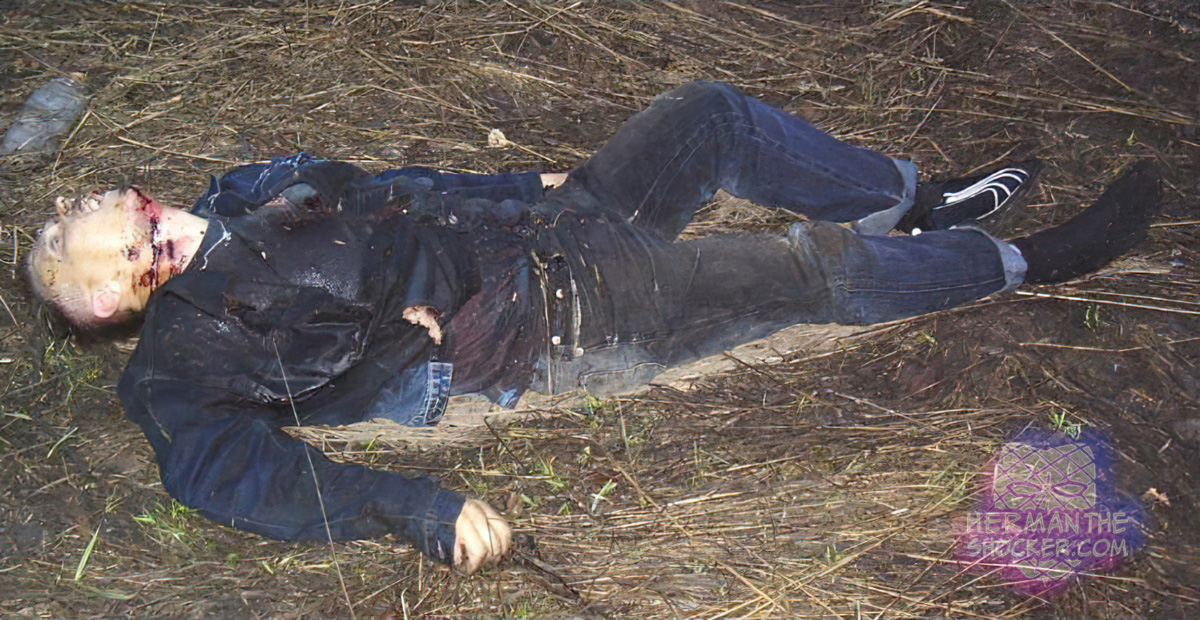Russia. A man was found dead in a field. The man had wounds on his neck and a gunshot wound on his cheek. The incident appears to be a homicide. The forensic investigation of homicide involves applying scientific methods to determine the cause, manner, and circumstances of death. It starts with securing the crime scene to preserve evidence, followed by a thorough examination of the area for physical clues like bloodstains, weapons, and trace evidence (e.g., hair, fibers). Crime scene reconstruction can help establish the sequence of events.
The victim’s body undergoes a forensic autopsy, which determines the cause of death (e.g., gunshot, stabbing, asphyxiation) and the manner of death (e.g., homicide, suicide, accident). Pathologists analyze injuries, toxicology reports, and time of death indicators like rigor mortis and livor mortis. DNA analysis, fingerprinting, and ballistics play critical roles in identifying suspects and linking them to the crime. Blood spatter analysis helps understand weapon use, force, and positioning of individuals. Forensic entomology may estimate the time of death using insect activity.
Digital forensics, such as analyzing phones or computers, can reveal motives, alibis, or premeditation. Investigators also rely on witness interviews and psychological profiling to build a case. Each piece of evidence must meet rigorous legal standards to ensure admissibility in court, underscoring the meticulous nature of forensic work in homicide cases.
Latest posts










